When the Wrangler JL was introduced in 2018, it came with many technologies that were new to the Wrangler platform.
One of these was the more efficient electric-over-hydraulic steering system that was no longer driven off the front engine accessory drive. This setup improves efficiency of the drivetrain by using an electric pump that is divorced from engine speed to run the steering hydraulics.
Electrohydraulic systems also have the added benefit of remaining at a consistent pressure until there is resistance, where they max out on pressure through a pre-set relief valve. Unfortunately, on the JL, system pressure is set with factory 33- or 35-inch tires and thermal management in mind.
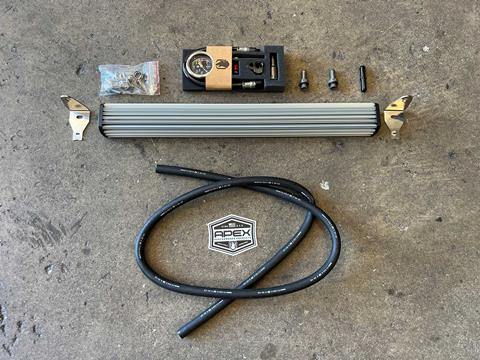
Even at around 1,300 psi (1,500 psi on XR-equipped JLs), stock Jeep owners may feel a hesitation or latency in steering assist as the pump catches up, especially on high traction surfaces, such as pavement or a slick rock trail, and when aired down. Increasing tire size will exacerbate the problem and can extend the drivability issues to tires that are aired up.

To combat this problem, there are several options in the aftermarket that range from ram-assist to replacing the electrohydraulic steering with a full hydraulic setup. These upgrades, while effective, can be complex and cost several thousands of dollars in parts alone.
Fortunately, Jeep selected an extremely high-quality electric pump with helical gears and a brushless motor that is capable of handling more than 1,800 psi. However, while running at this pressure creates more assist, it also creates more heat and the factory steering system doesn’t have a cooler to manage it.
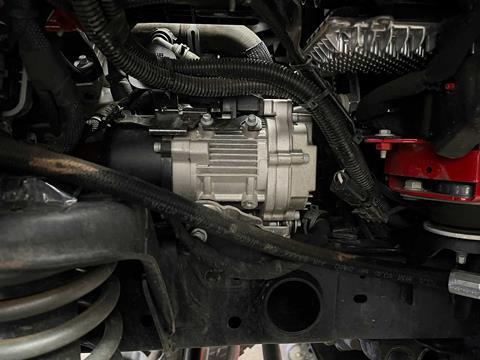
Enter APEX Performance Products and the company’s JL/JT steering boost kits. These kits are a complete solution and include everything you need (except for fresh fluid) to safely boost the pressure available to your steering system.
Using an adjustable blow-off valve and a new extruded aluminum cooler, the APEX kit can increase stock steering power by up to 40 percent, more than enough for someone running 37- to 39-inch tires. It is worth noting that when running 40-inch tires or larger, the APEX kit alone will not provide as much of a noticeable gain, but it can be combined with a ram-assist kit on stock steering for maximum benefit.
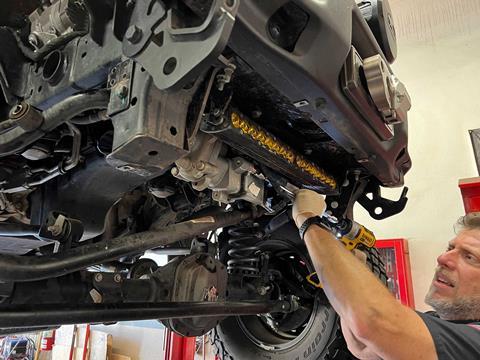

As APEX reiterates several times on the company website and in the upgrade instructions, the provided oil cooler and the proper steering fluid are essential to making this steering upgrade safe for the system’s components.
Mopar requires a very specific, high-quality synthetic hydraulic fluid that meets or exceeds the MA-11655 specification. This fluid is heat resistant up to about 400 degrees, at which time it will start to deteriorate, taking seals and other components with it. This specialized fluid cannot be skimped on and is only available through Mopar and a couple of aftermarket companies.
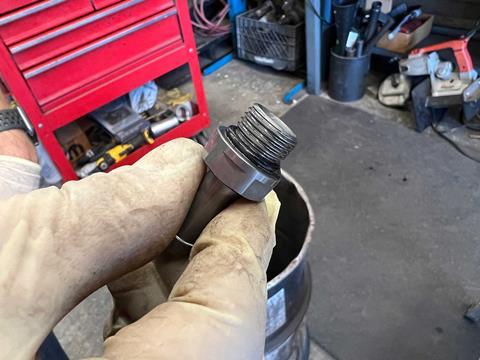
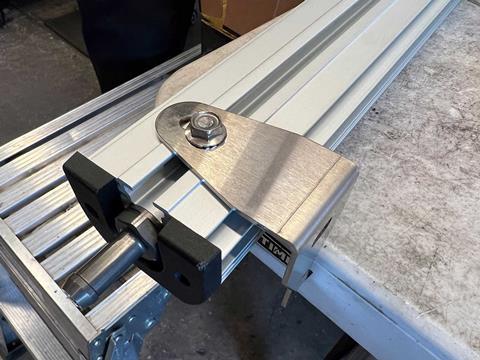
We decided to install the APEX kit on our ’23 Jeep Wrangler 392 (the kit is compatible with all versions of the JL), with the full American Expedition Vehicles (AEV) JL370 package and 37-inch tires. Because of our tire size and the difficulty steering at low speeds in certain situations, we felt the budget-friendly APEX kit, at less than $400 retail, was the right choice.
The kit fills a void for wheelers like us who have no intention of running anything bigger than a 38-inch tire and don’t need the overkill or added complexity of a ram-assist setup.
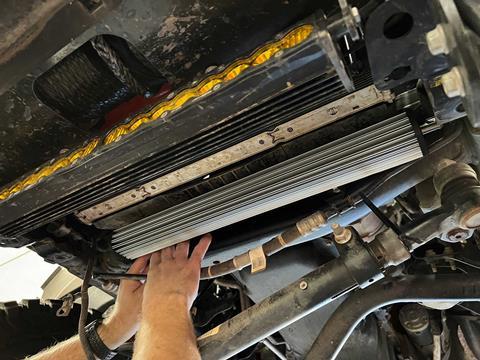
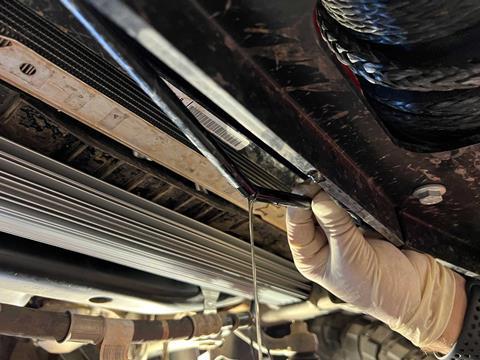
With parts in hand, we headed over to our friend Chris Johnson’s Rock-Tech Offroad shop in La Habra, California, where we spent about a half day documenting the installation of the APEX steering boost kit on our JL.
Once it was installed, a few things were immediately noticeable. First, the steering feels perfectly stock-like and well-weighted when driving around town. We aired down our tires to 12 psi and made tight turns in a parking lot to simulate previous situations where steering stall would occur, and the Jeep system was able to keep up with wheel inputs without issue.
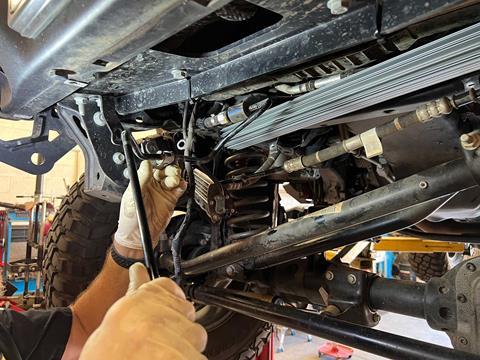

We also noticed that there was less kickback through the wheel from potholes on the road and rocks on the trail, no doubt because of the higher pressures now available to the system.
Overall, this might be one of the best mods we’ve made to our Jeep, and one that includes a noticeable benefit in everyday drivability as well as improved steering on the trail. We are extremely happy with the performance, especially for the price point, and highly recommend it to anyone looking to improve the steering on their Wrangler or Gladiator.
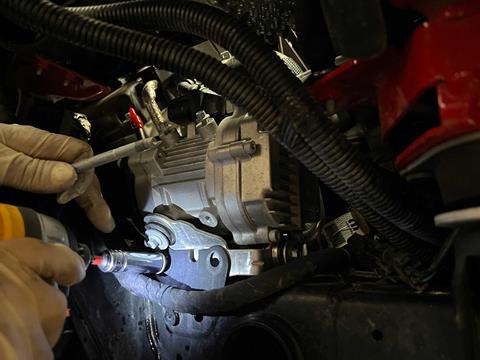

Of note, this kit was installed on a late-model JL with the later cast iron steering box. We would highly recommend those with earlier aluminum boxes upgrade to a cast iron box before making this modification to get the most out of it.
Read this article’s accompanying pictures to see what it takes to add affordable steering performance to your ’18-current Jeep Wrangler JL or Gladiator JT.
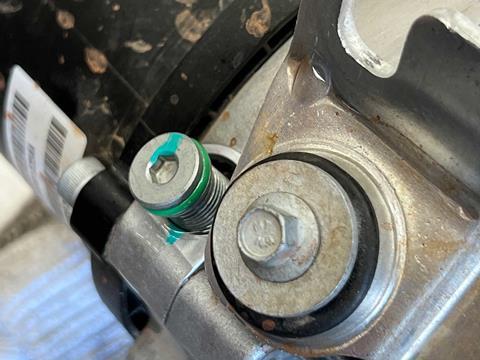
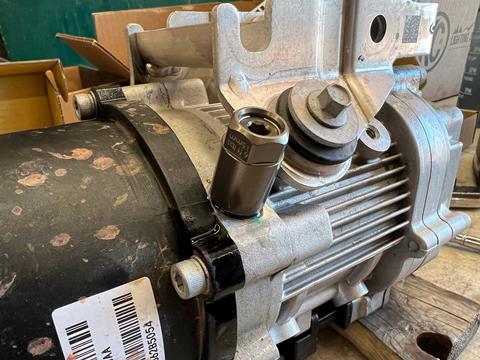

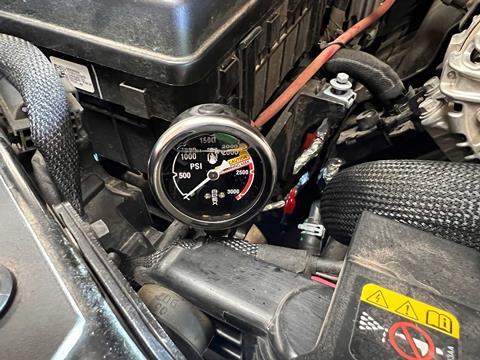
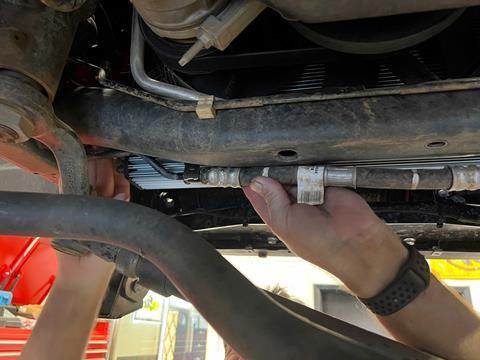
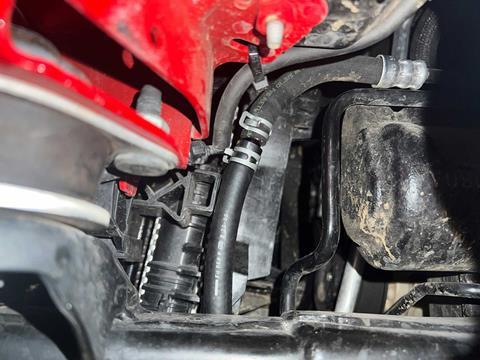
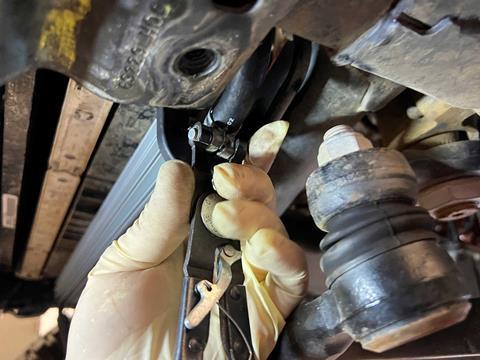

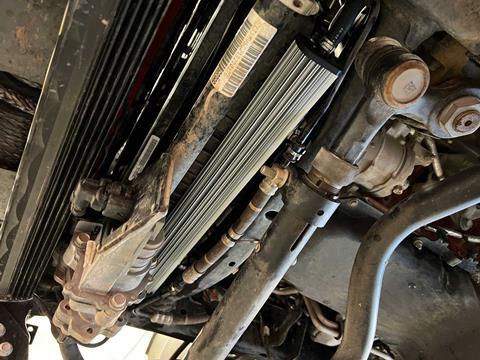

SOURCES
APEX Performance Products
apexdesignsusa.com
Rock-Tech Offroad
rocktechoffroad.com
Access More Great Stories!
This article originally appeared in OVR Issue 05. For more informative articles like this, consider subscribing to OVR Magazine in print or digital versions here. You can also find the print edition of OVR at your local newsstand by using our Magazine Finder.



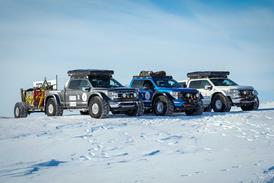

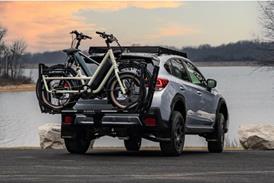
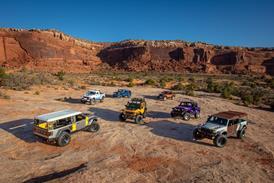




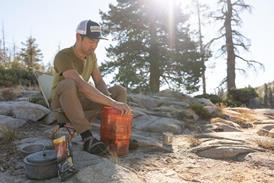


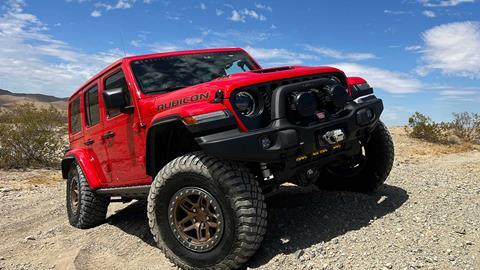






No comments yet